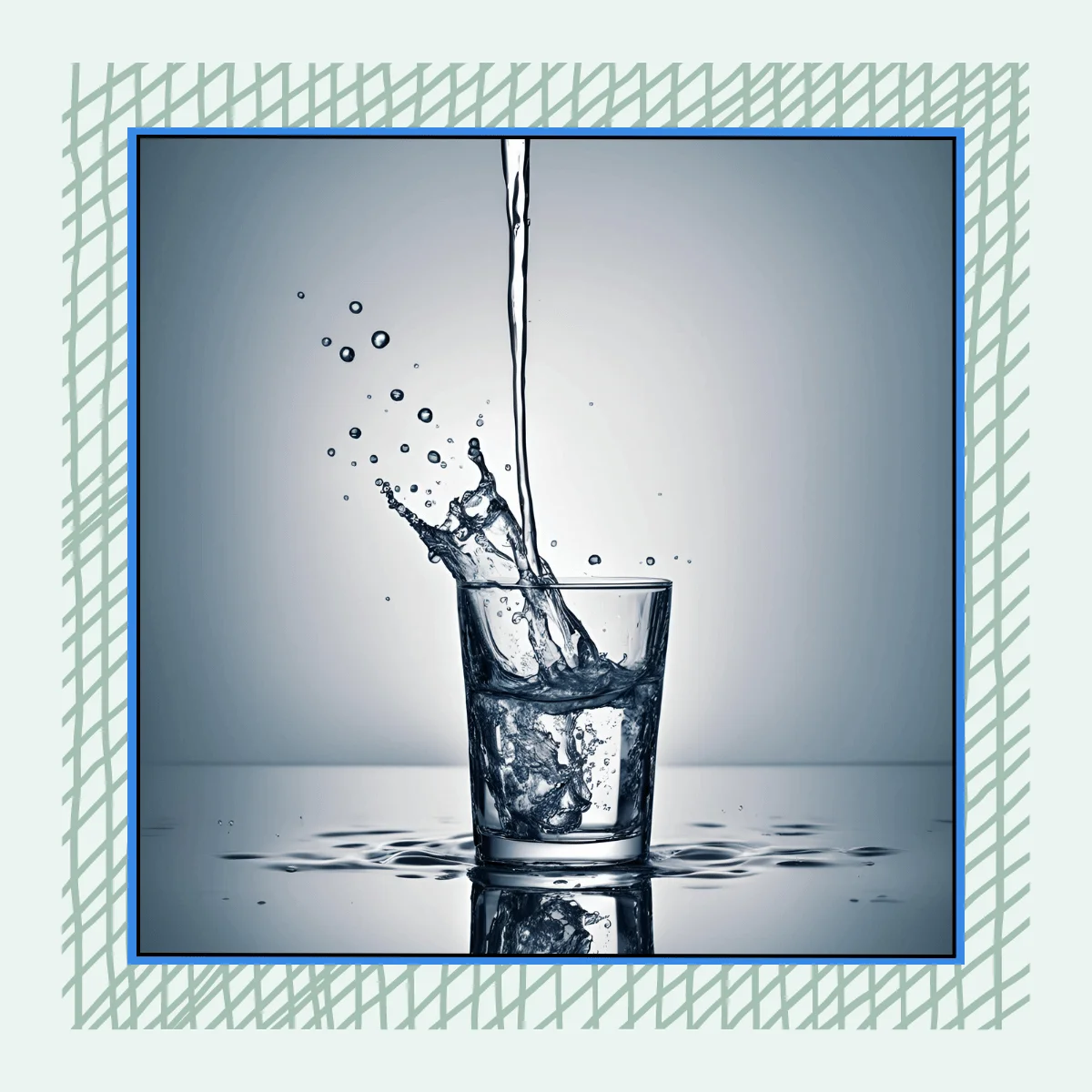If You Have One Of These 8 Signs, You Might Be Drinking Too Much Water!

We’ve all heard about the importance of staying hydrated, but did you know there’s such a thing as drinking too much water? It might sound counterintuitive, but overhydration is a








